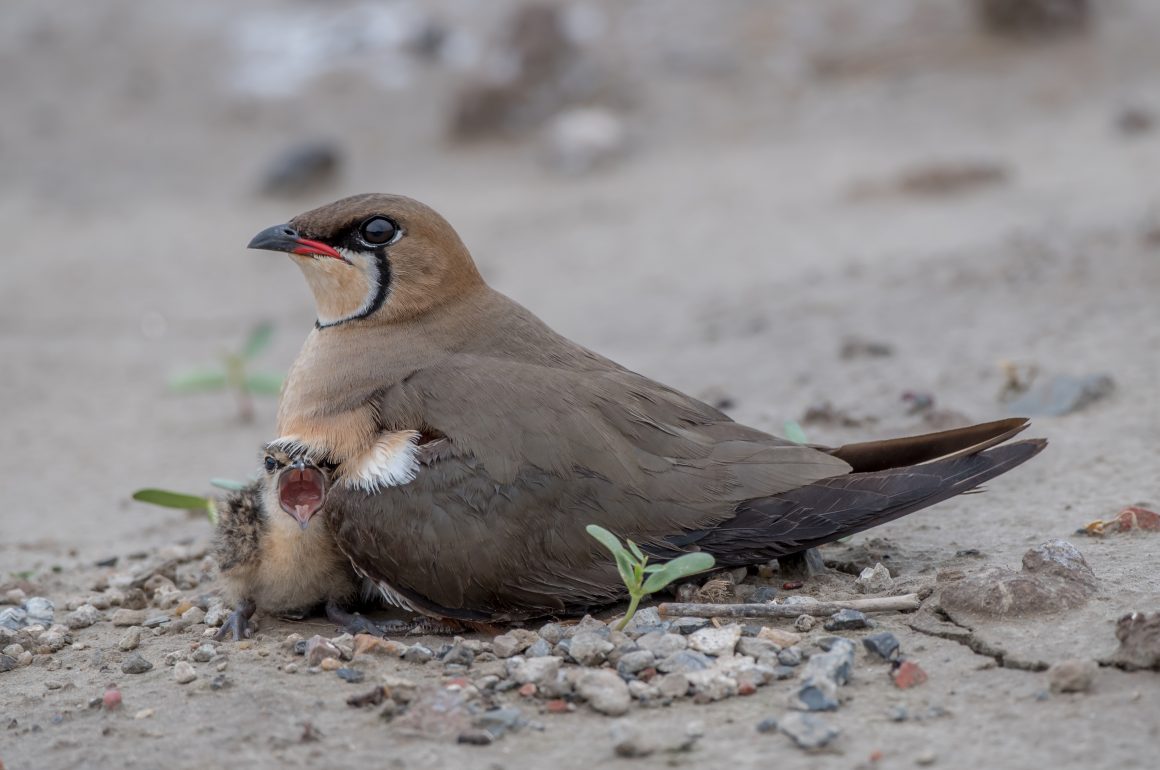
While Mike and Corey – fitting for being real celebrities in birding cycles – get invited to far-flung places such as Uganda, minor local birders sometimes at least get invited to places nearby. In my case, this meant going to Tiaozini (a coastal place about three hours north of Shanghai) on the invitation of the local government there.
I had been there a few times before – and while the government people tried to put me into a better hotel than the one I usually use there, I ended up in exactly the same place as before. Turned out the superior hotel did not take foreigners, for whatever reasons – a somewhat inauspicious start to an initiative by the local government to attract foreign birders …
In the end, I presented some bird photos to about 150 Chinese kids – me being an odd choice for this task, given that my Chinese is much too poor to describe bird behavior, and that I am not particularly fond of kids. However, it apparently ticked some boxes for the parents, being advertised as something like an “English Science Camp”. It seems bird watching alone is not enough for Chinese kids, bringing limited benefits in the overall rat race … but if in English, maybe things are different …
Anyway, I got some birding and bird photography done, benefiting from being allowed to drive into some areas otherwise off-limits thanks to my new “government connections”.
Given the difficulty to reliably see Spoon-billed Sandpiper at Tiaozini (even though this is clearly the most exciting bird there), the local government has decided on Saunder’s Gull as another poster species for the area. And indeed, they are easy to see, though somehow the black-and-white combination makes it difficult to get a good photo of them.
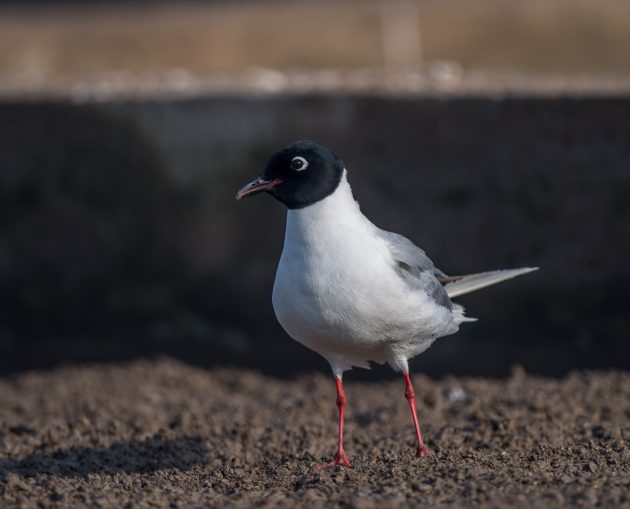
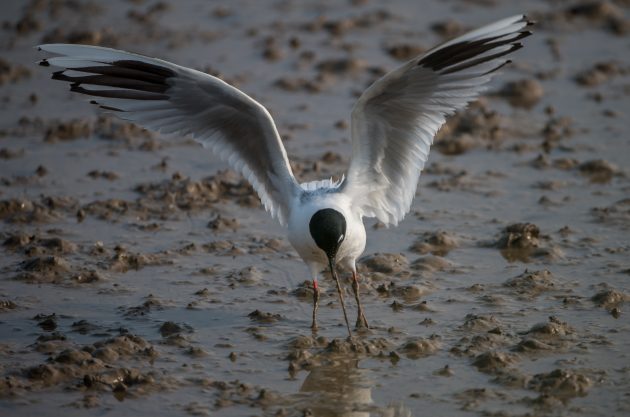
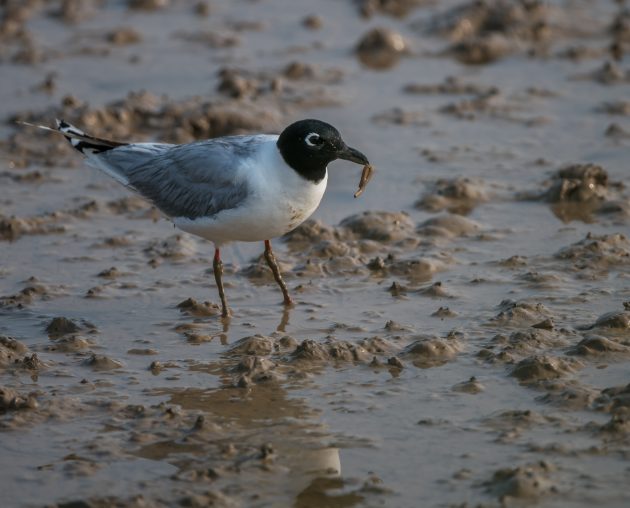
The fields near the Tiaozini mudflats look very much like a lunar landscape, but this does not seem to keep a number of species from breeding there, sometimes directly on dirt roads. One Oriental Pratincole of them was courageously raising its wings when I unknowingly drove towards its eggs – I reversed, but I am not so sure about the next person using that road …
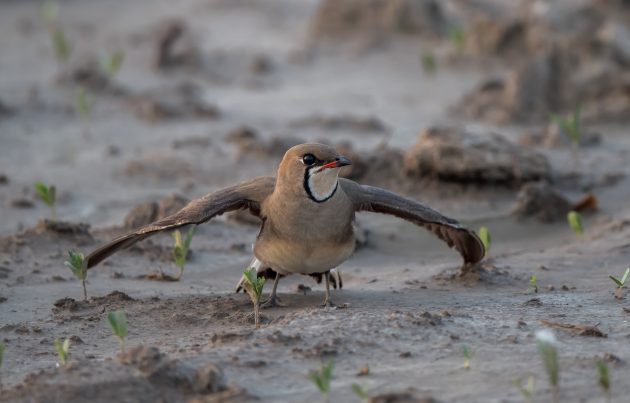
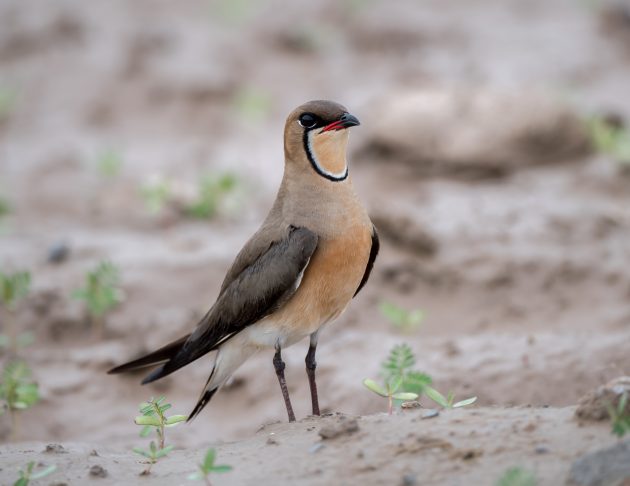
Being yelled at by the chick of an Oriental Pratincole. The birding life.
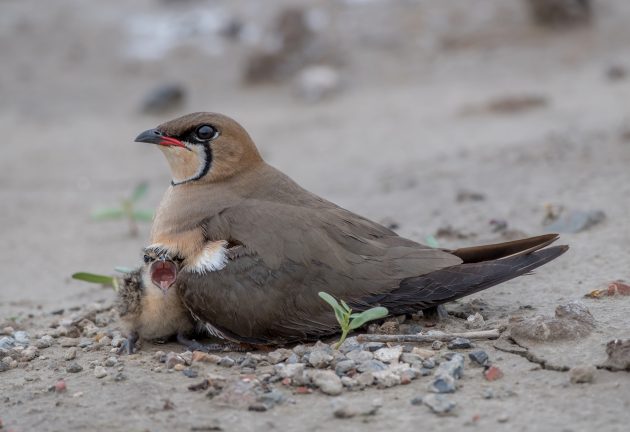
A somewhat older chick.
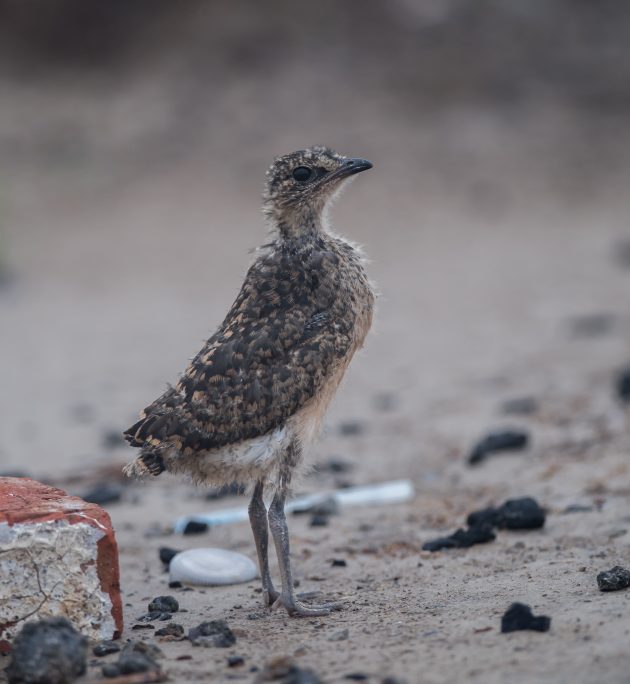
A Kentish Plover showed similar courage.
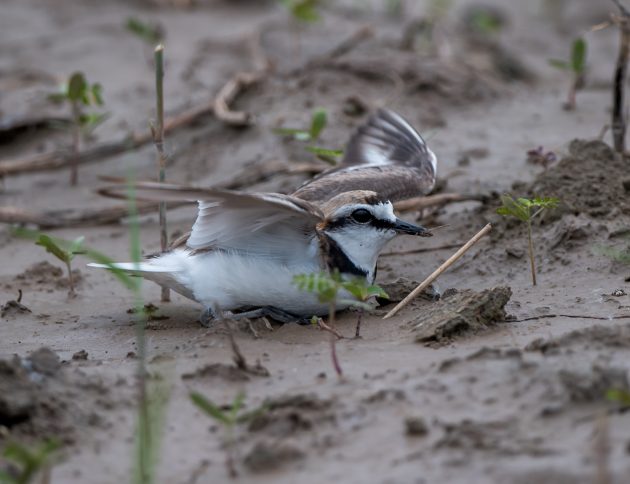
I tend to think of this pose as the “Starfighter” pose as it somehow reminds me of the shape of an accident-prone US war plane that was widely used during the cold war. Which then reminds me of a song by Snow Patrol, “Starfighter Pilot” – a rather good and rough one. Sad that they later got famous with boring stuff such as “Chasing Cars”, which apparently was the most-played song on UK radio in the 21st century. Blandness sells. But now back to birds …
Little Ringed Plovers also seem to like to breed directly on the road.
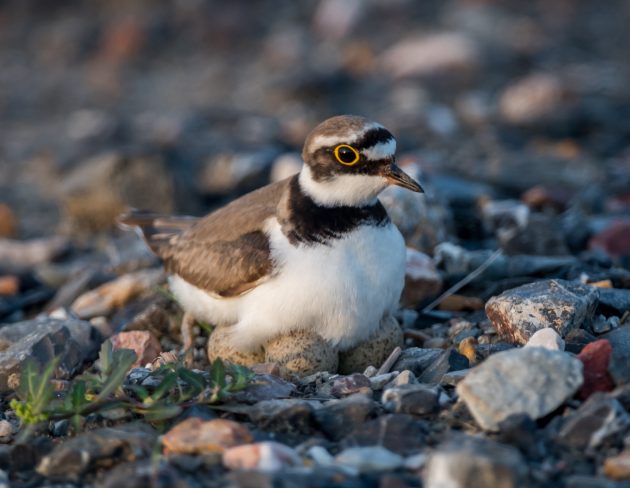
They have an interesting Latin name, Charadrius dubius. A long time ago, I learned Latin, so I was curious how a bird such as this innocent-looking plover could be “doubtful” (dubius). Fortunately, the internet knows everything: “The specific dubius is Latin for doubtful, since Sonnerat, writing in 1776, thought this bird might be just a variant of common ringed plover”
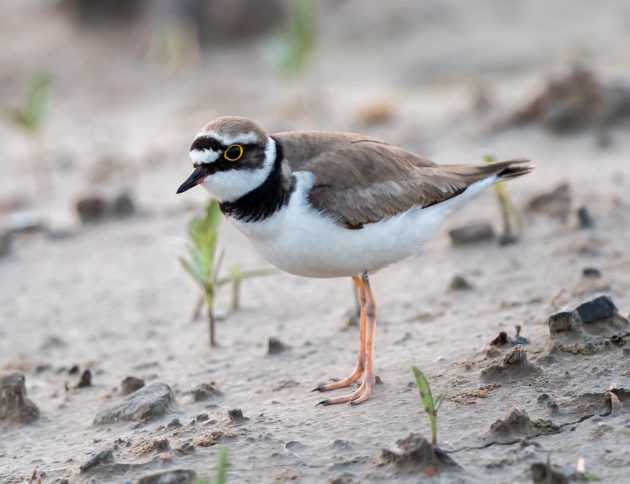
A doubtful-looking Little Ringed Plover
The fourth species apparently breeding on these fields is Grey-headed Lapwing. Their chicks are a bit further ahead already – they have reached the awkward stage where they no longer look cute but do not look properly grown-up yet either. Some teenagers may be able to relate to this feeling.
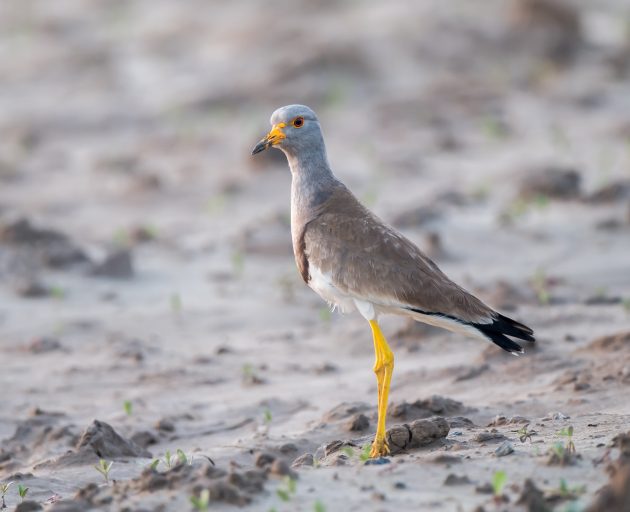
Adult
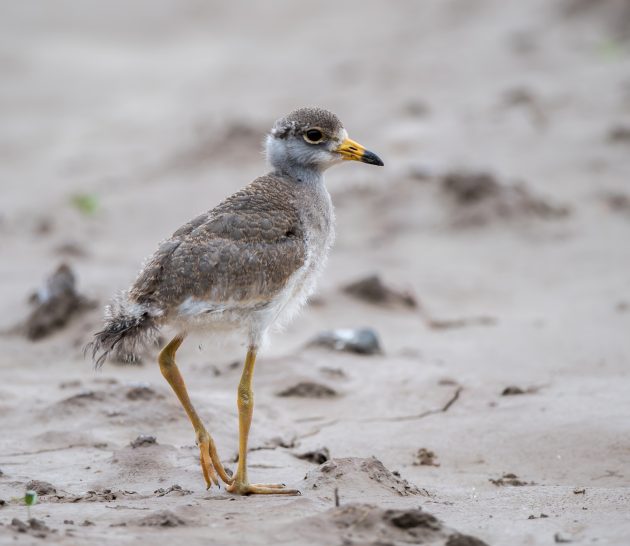
Juvenile
I hope the fields will be left undisturbed long enough for this Black-winged Stilt to finish incubation.
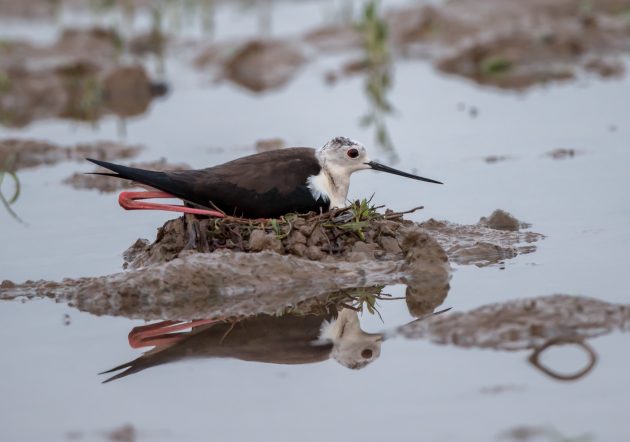
It seems the local government has decided to make the Black-faced Spoonbill another one of the poster species of Tiaozini – presumably as they are rare, look kind of funny and can be easily spotted even without binoculars. Much better than some fiddly spoon-billed sandpipers.
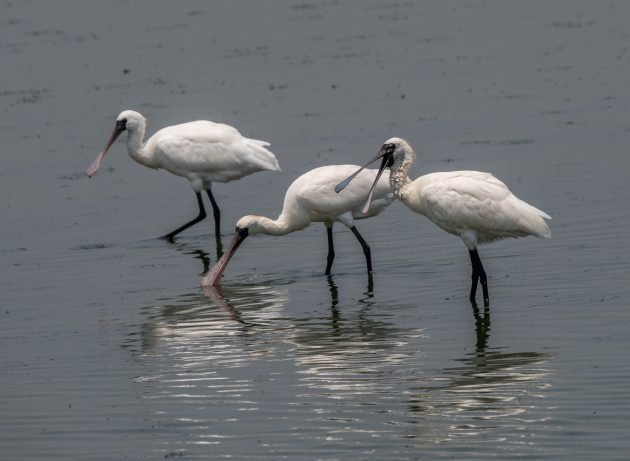

In typical feeding mode …
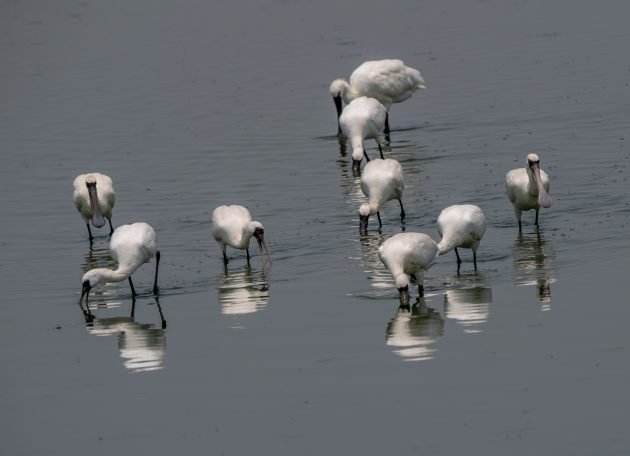
A personal favorite of mine is the Eurasian Oystercatcher.
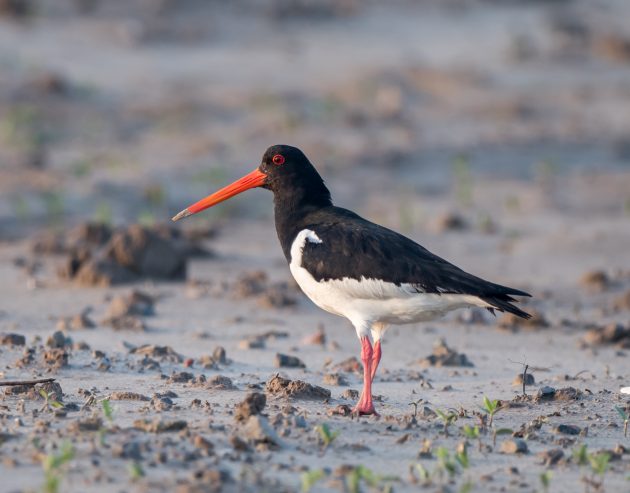
Also available as a set of two.
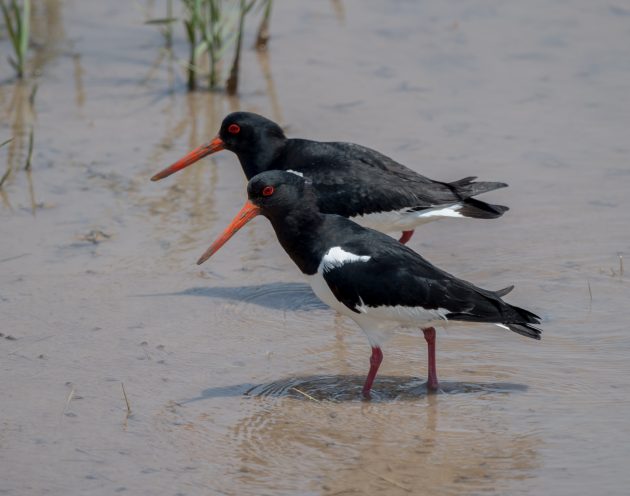
Of course, Tiaozini also has Cattle Egret …
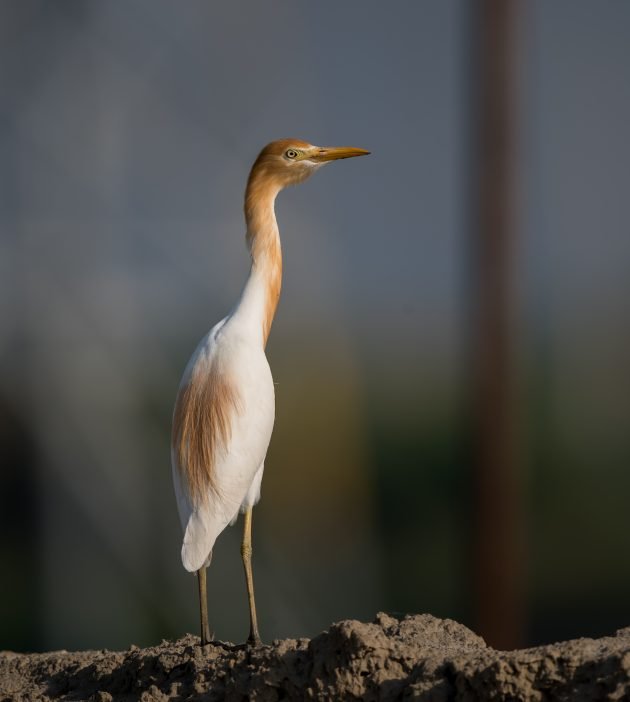
… and the usually somewhat depressed looking Black-crowned Night Heron.
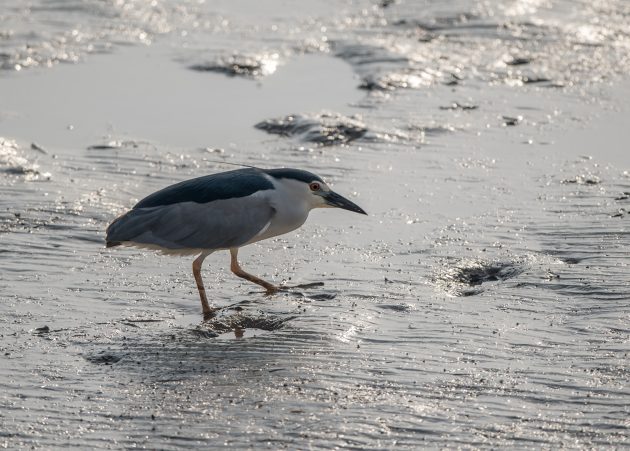
A juvenile night heron experimented with getting across fences (note: neither fence nor heron were hurt during the experiment).
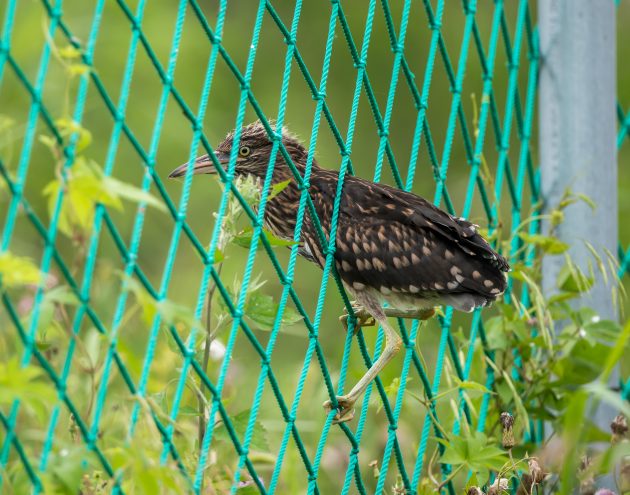
For some reason, Tiaozini also turned out to be a good place to get a decent photo of Common Pheasant, a species that is relatively easy to see, even easier to hear, but very difficult to photograph. Somehow, these relatively large birds often vanish without a trace. Not this one.
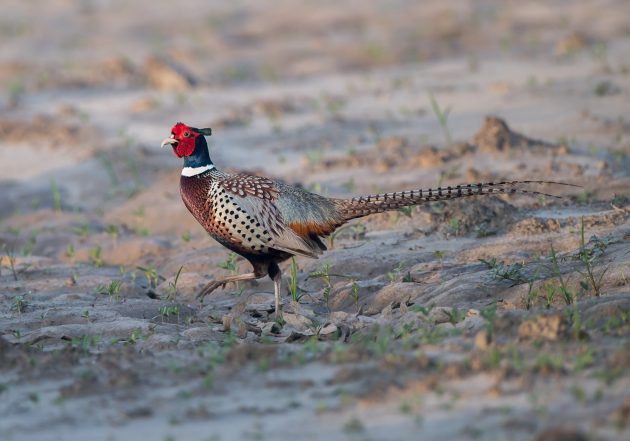
A pair of Asian Koels has somewhat overshot its typical range at Tiaozini.
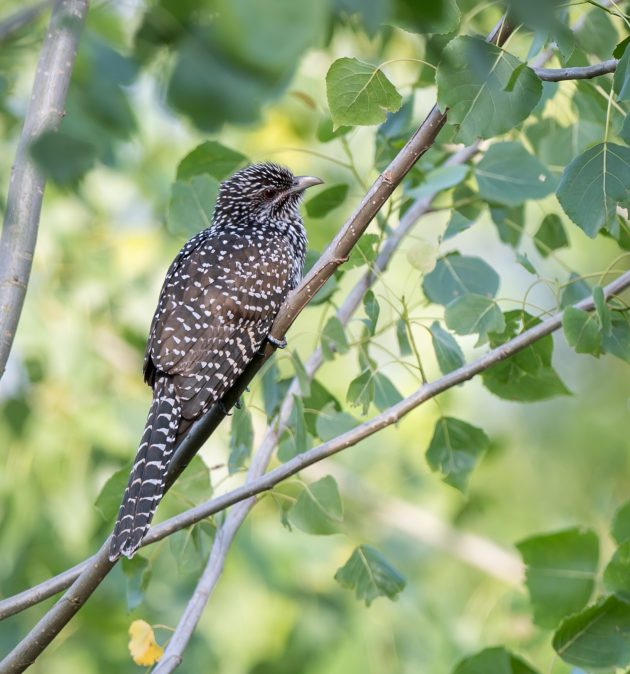
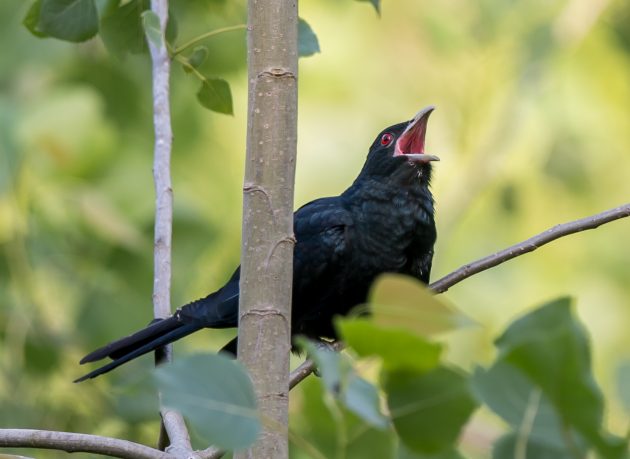
A few Mandarin Ducks stayed far away from my camera, understandable given their serious case of molting.
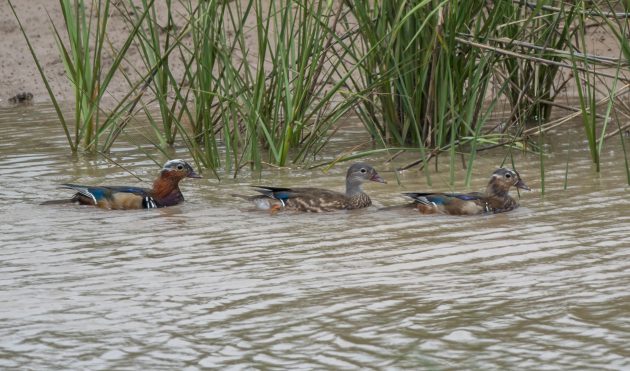
Not much in the way of passerines at this time of the year – a Forest Wagtail being an exception …
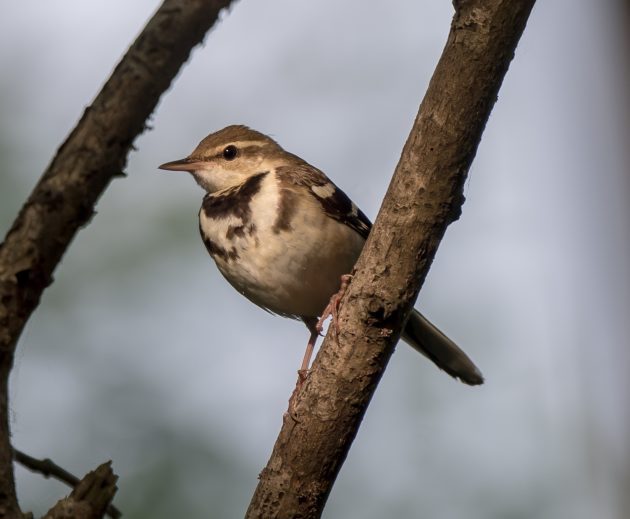
… Along with Black Drongos, which are probably breeding here …
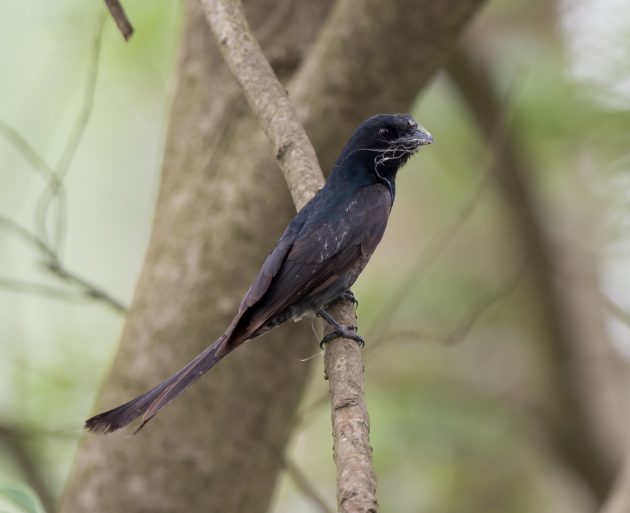
… And Zitting Cisticolas (easily identifiable as they constantly make the sound of scissors being opened and closed).
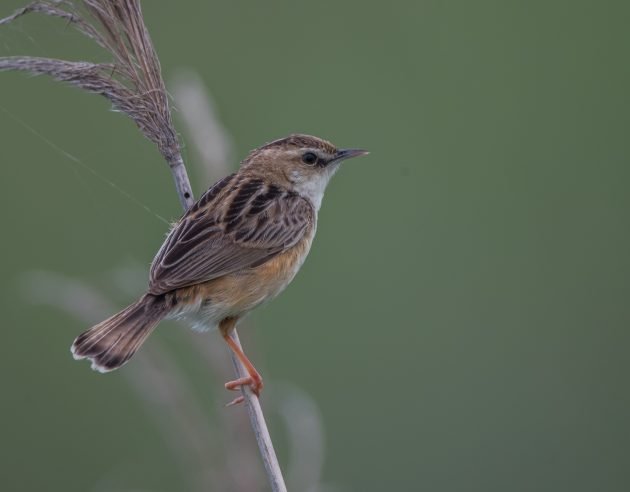
And of course, there are Chinese Blackbirds breeding – ignored by the local government as they are unlikely to attract birders.
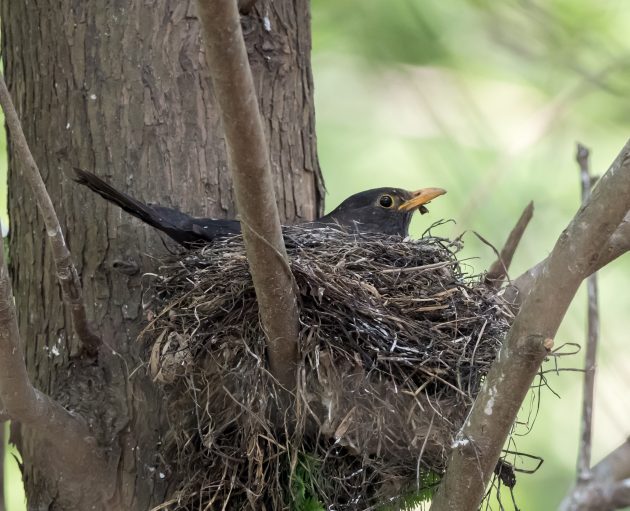
Another aspect of Tiaozini that the local government prefers not to highlight is its teeming red-light district. Popular with Black-winged Stilts …
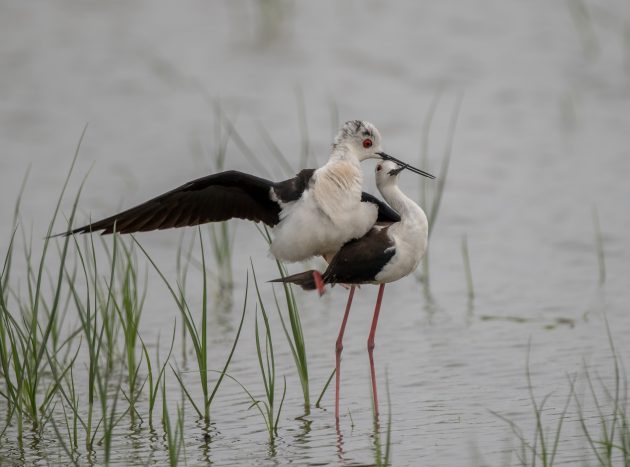
… Common Redshanks …
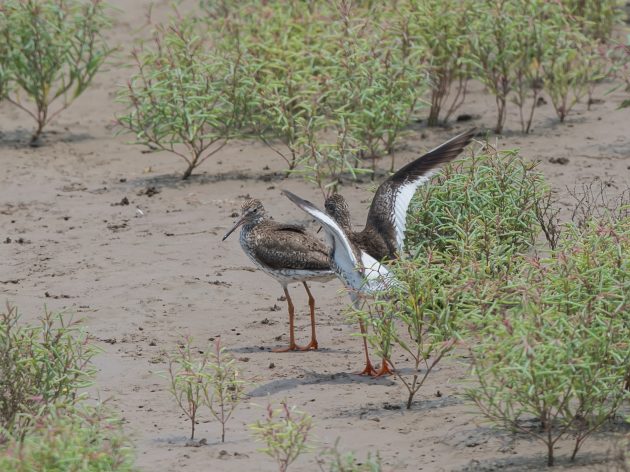
… and with Pied Avocets, though their activities look a bit dangerous.
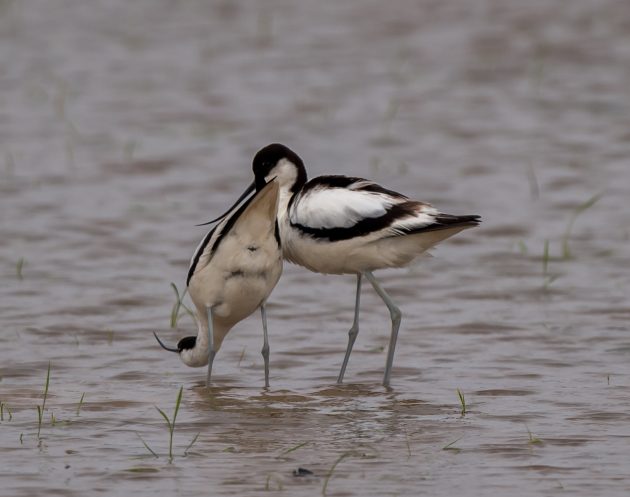
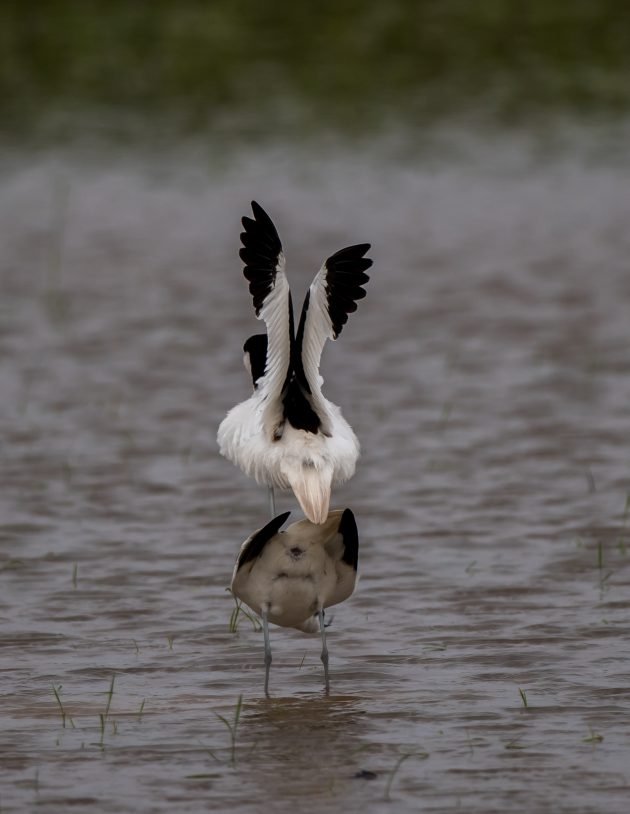
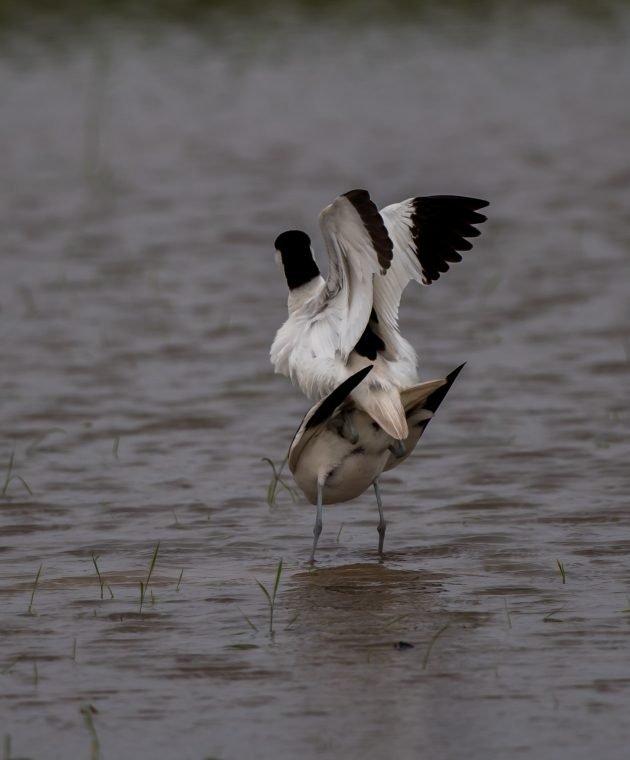
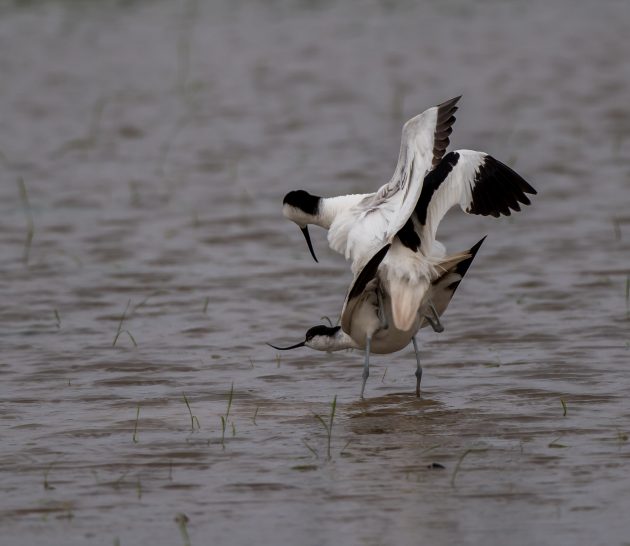
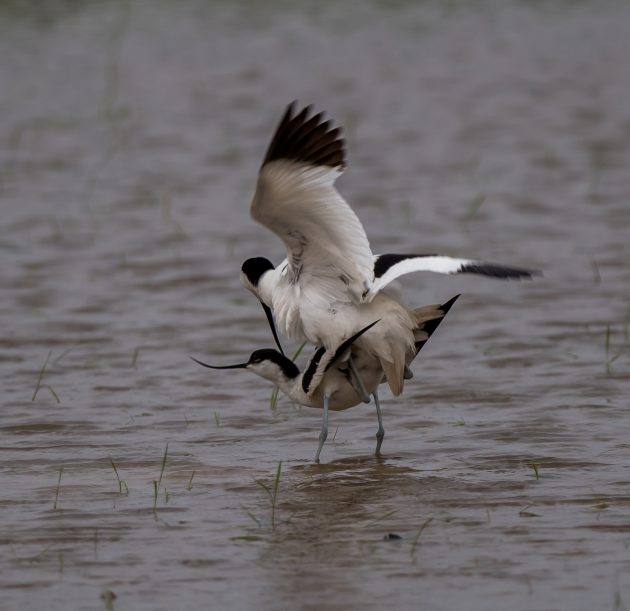
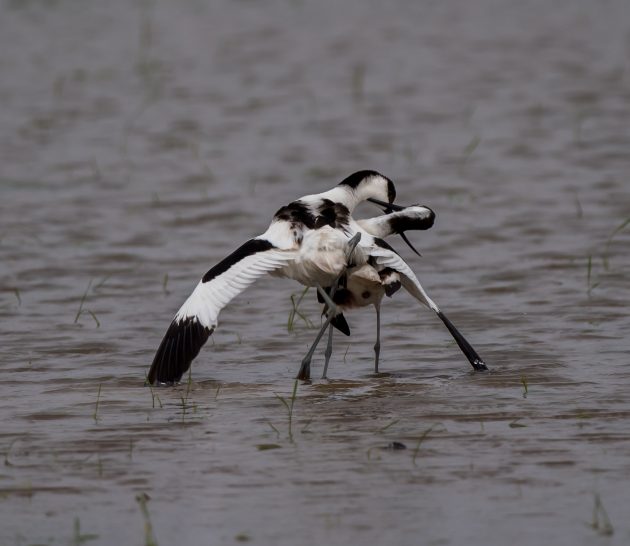
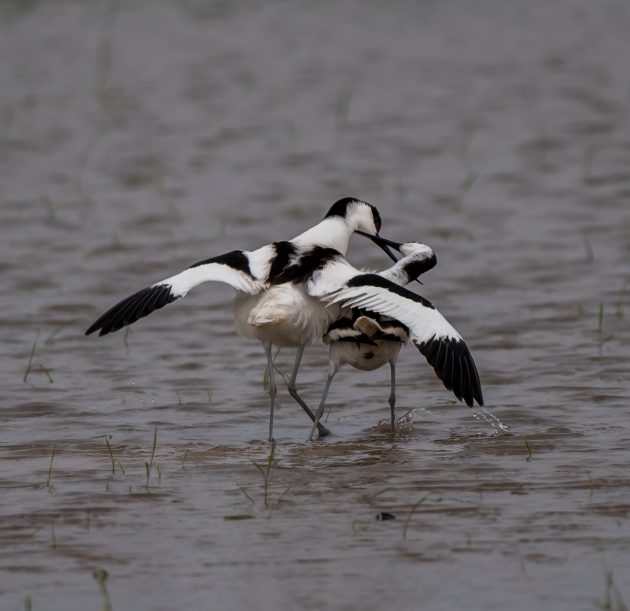
In contrast, the Common Terns present look much more elegant. I guess looking elegant during sex is difficult for most humans, too.
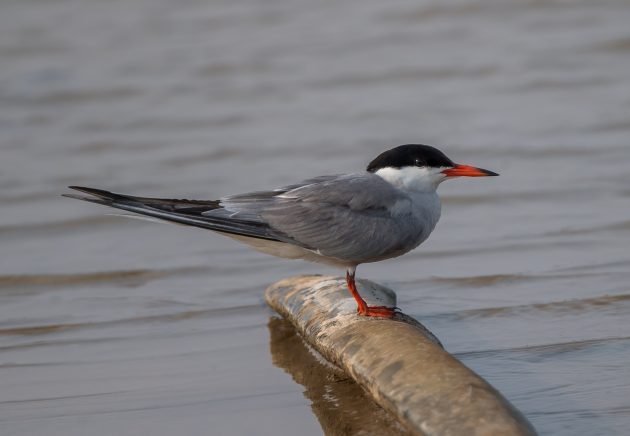











Fabulous photos and birds! Great stories, too.
Excellent. Loved the narrative and of course great photos. Copulation definitely doesn’t suit avocets. And congratulations on photographing a or rather two koels!
Great photos as always!
We just got our first clutch of Pied Oystercatcher chicks here in Broome!